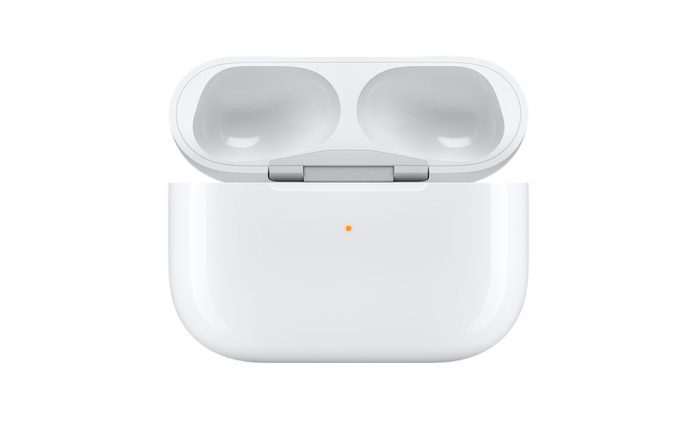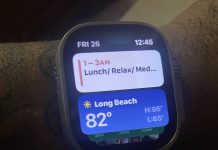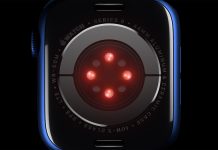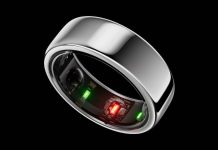According to a new research paper published in the Machine Learning Research section of Apple and Cornell University’s arxiv.org, researchers at the Cupertino giant can now estimate Respiratory Rate (RR) from breath audio.
The researchers point out that remote estimation of RR offers a cost-effective method to track disease progression and cardio-respiratory fitness over time.
Related Reading:
- How to setup and check Respiratory rate monitoring on Apple Watch and iPhone (watchOS 8)
- Apple Watch guide to understand and use HRV (Heart Rate Variability)
- Apple respiratory study to explore if Apple Watch can detect early respiratory infections
Breathlessness scores as quantified by the Borg Dyspnea Scale, is used to assess clinical severity of diseases such as peripheral artery disease (PAD) and other respiratory disorders, are subjective patient-reported measures.
Individuals with such conditions are typically required to interface with a healthcare provider in order for their symptoms to be recognized.
This work investigates a model-driven approach to estimate RR from short audio segments obtained after physical exertion in healthy adults.
Data was collected from 21 individuals using microphone-enabled, near-field headphones before, during, and after strenuous exercise.
RR was manually annotated by counting audibly perceived inhalations and exhalations.
A multi-level convolutional neural network was used to achieve signal clarity among other things and the results observed show that RR can be estimated with a concordance correlation coefficient (CCC) of 0.76 and a mean squared error (MSE) of 0.2, demonstrating that audio can be a viable signal for passively estimating RR.
The work is unique in three main ways, in that it estimates respiratory rate from a wearable microphone under natural ambient conditions both indoors and outdoors, uses a model-driven approach to estimate respiratory rate directly from filterbank energies, and introduces situational aware- ness through multi-task learning so that the model could discern high SNR conditions from low ones.
Could the next gen AirPods have better near field microphones to support the monitoring of respiratory rate or would it be via an Apple Watch? This remains to be seen since the study doesn’t call out which specific Apple product was used.
Source: https://arxiv.org/pdf/2107.14028.pdf







